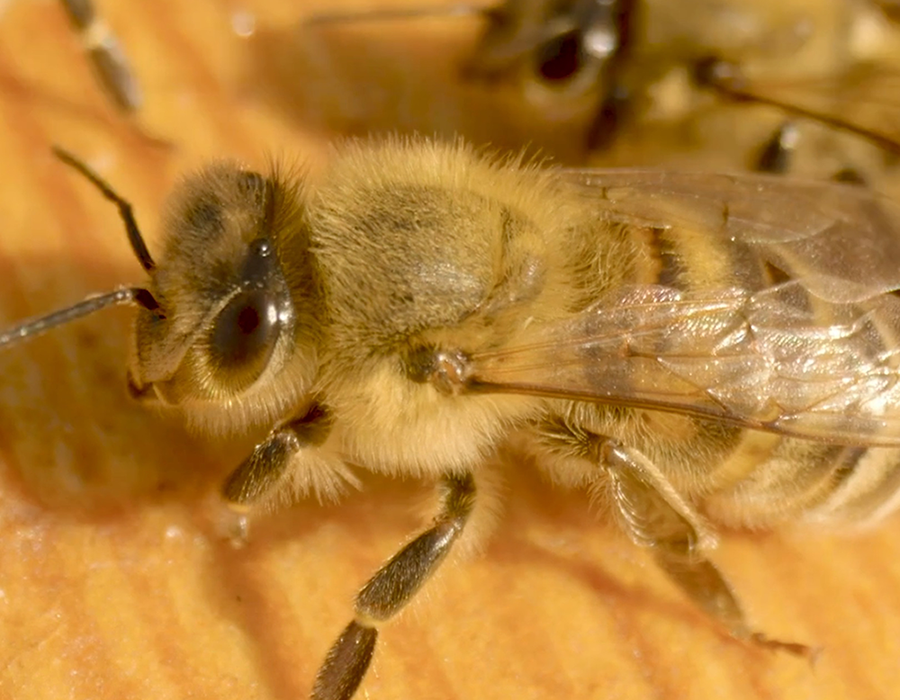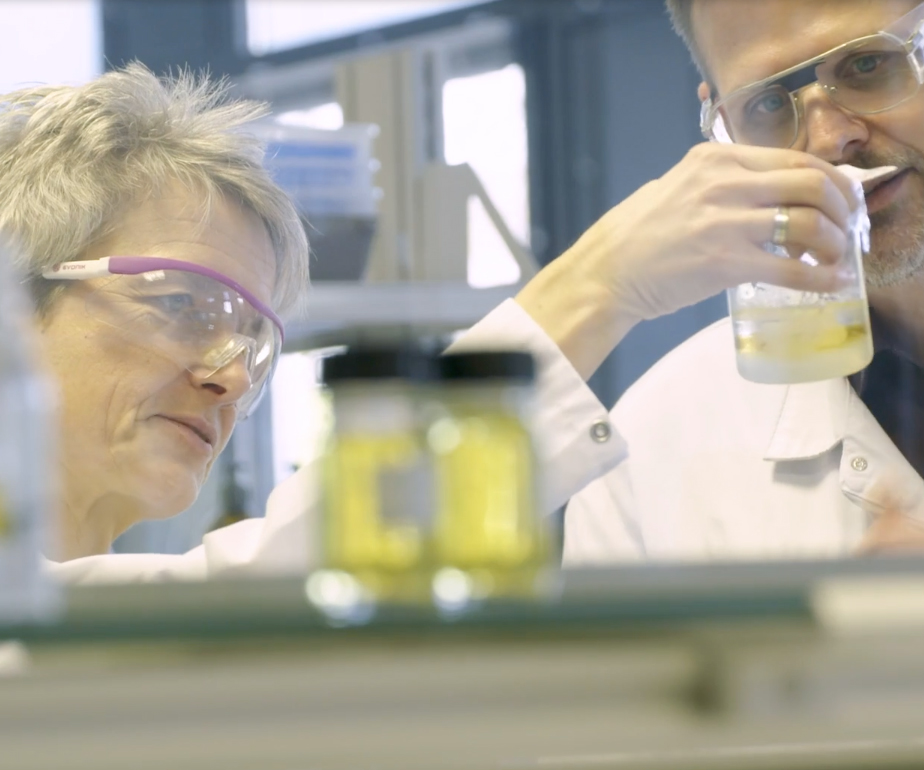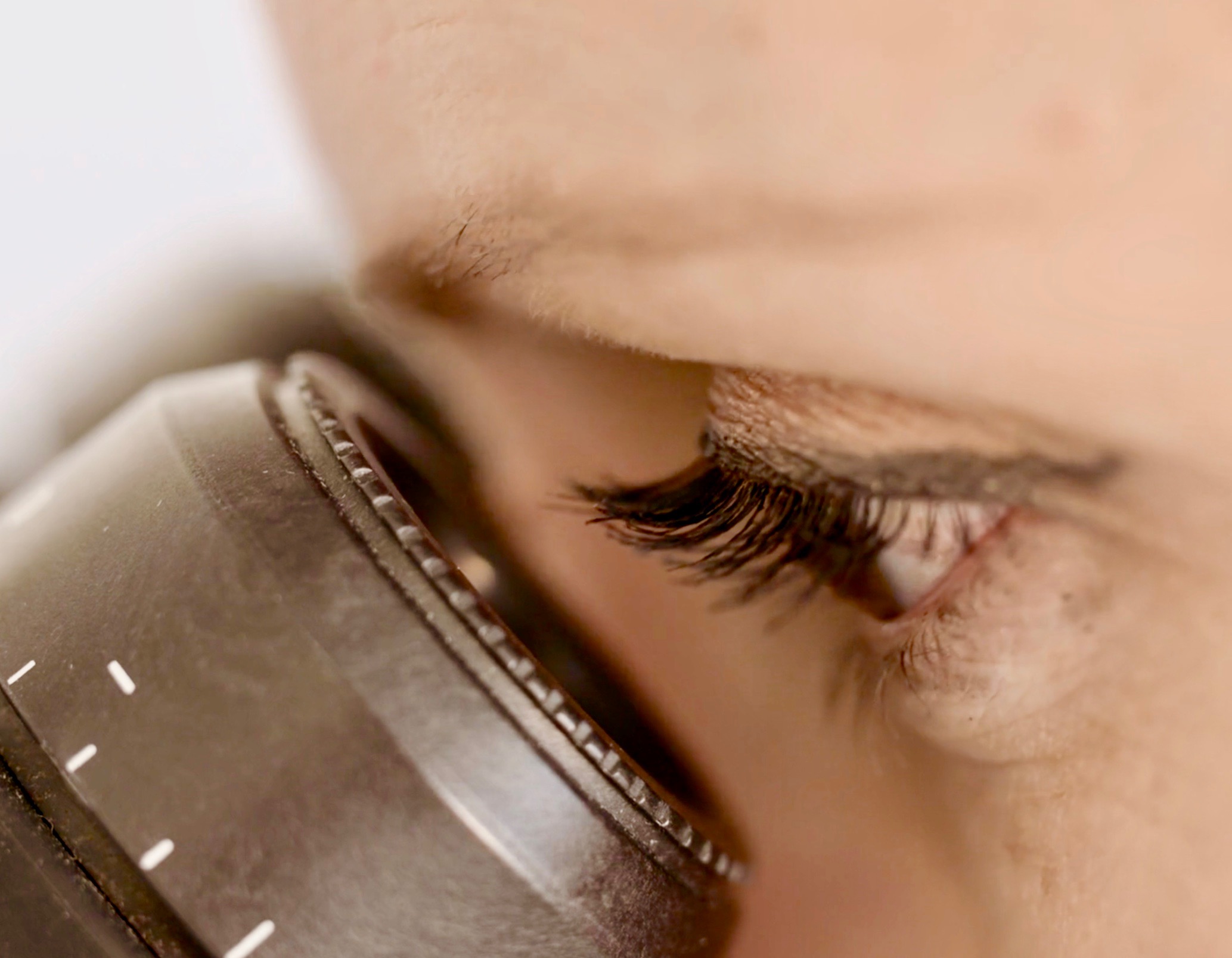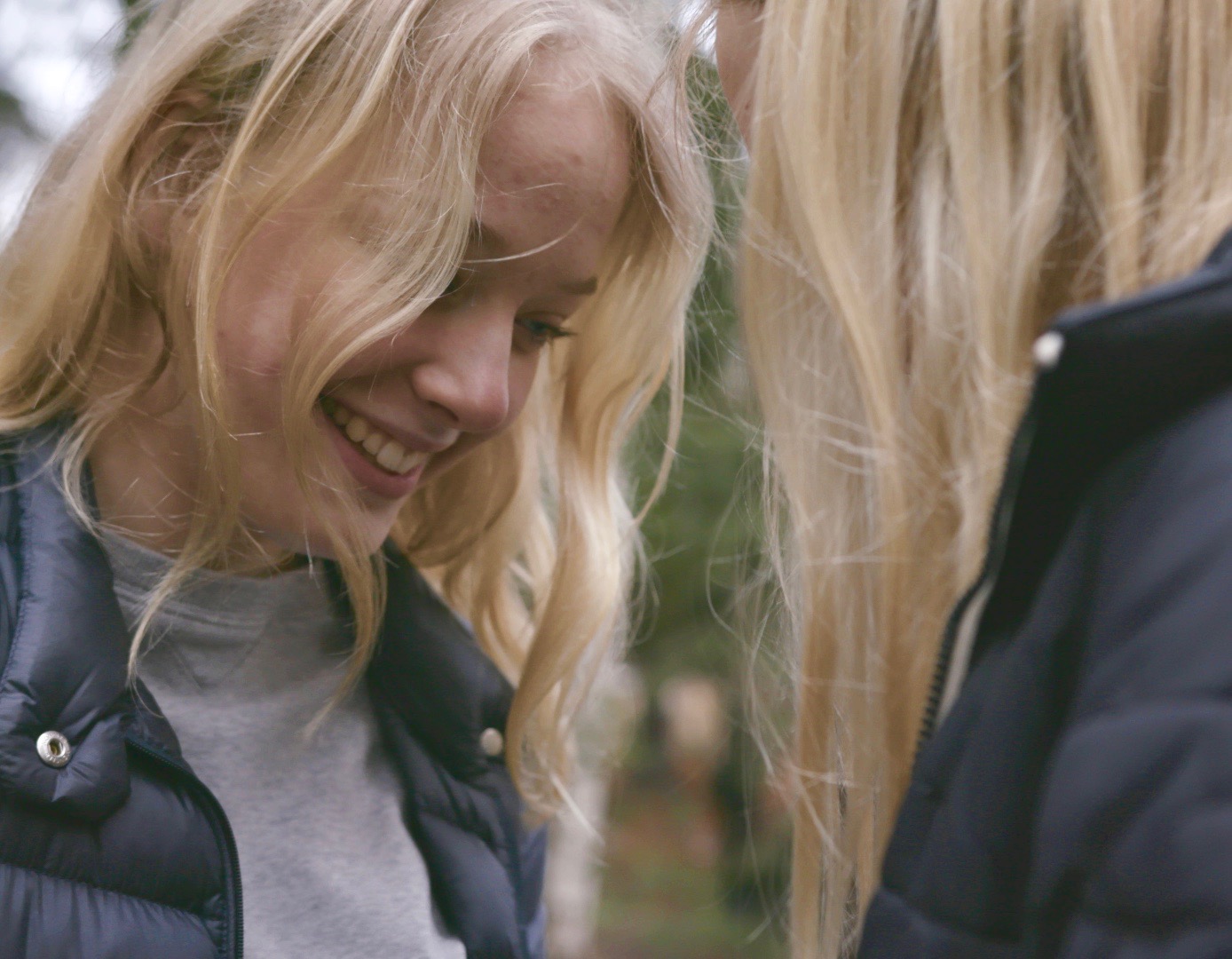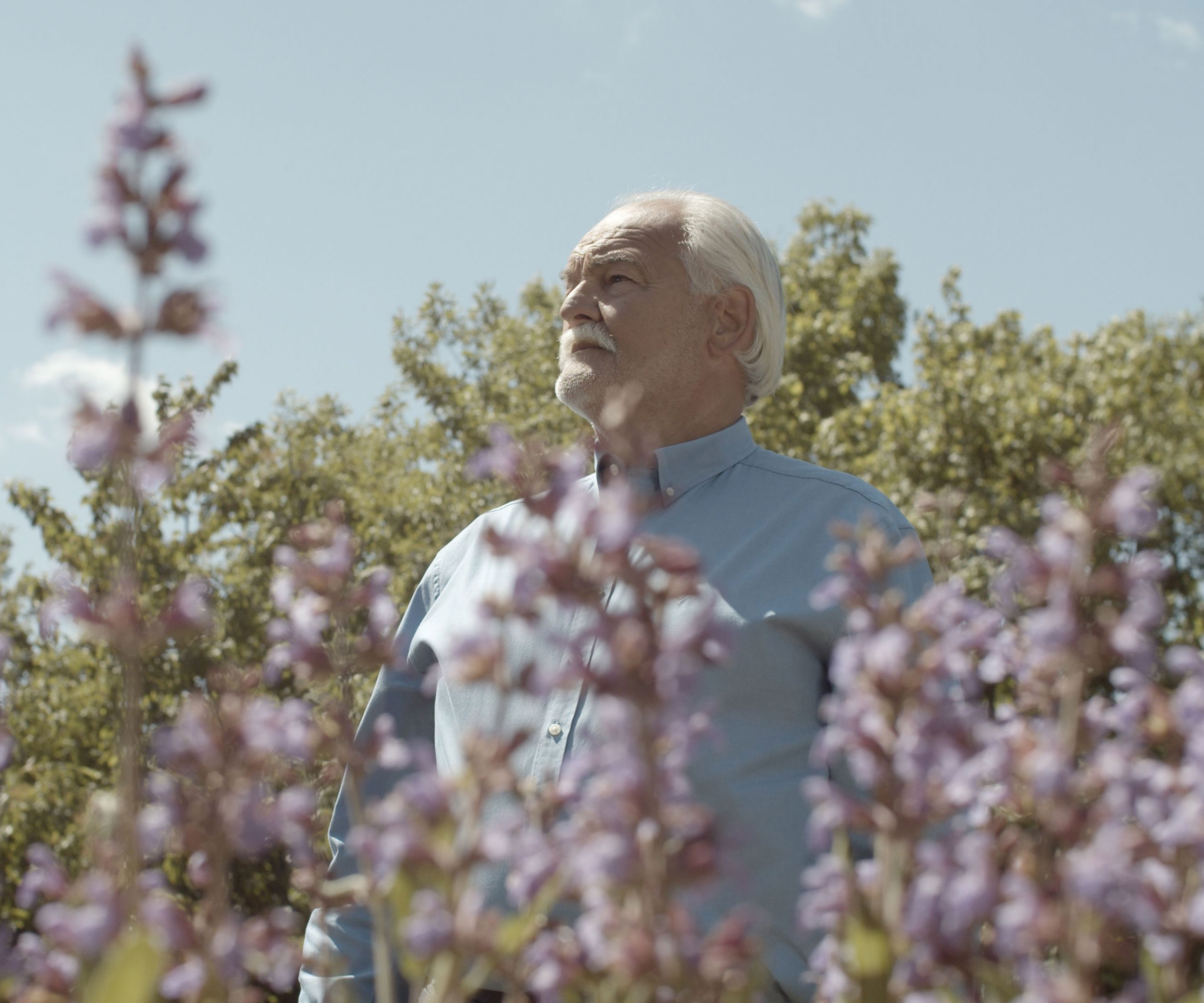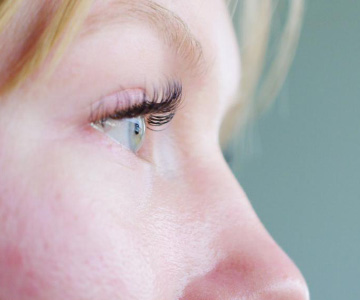Products
How do we ensure cosmetics and personal care products are safe?
Shower gel. Shampoo. Toothpaste. Moisturiser. Foundation. Mascara. The grooming and personal care regimes of consumers are tightly woven into the fabric of our lives and products are used unquestioningly - consumers take the safety of cosmetics for granted. There’s an unspoken bond of trust that the products, and the ingredients they contain, are safe for our consumption.
Behind the scenes cosmetic products go through a lengthy and complicated assessment to ensure their safety. “The safety assessment is the most important part of a cosmetic product. Everything else - innovation, marketing, packaging, all the glamour and sparkle around it - is nothing without safety,’ says Florian Schellauf, director of the ingredient department at Cosmetics Europe, the European trade association for the cosmetics industry.
The average European consumer spends €130 on cosmetics and personal care items a year, according to data collated by Cosmetics Europe. Every single one of those products would have been subject to rigorous testing, says Schellauf. “For each product you see on the shelves in the online or physical store, there is somewhere in the company a dossier which demonstrates its safety.”
The first step in the assessment process is to look at the individual ingredients in isolation, before developing the formulation in the proportions it will be found in the end product. “You’ll say, ‘I need 2% of this, 0.5% of that and 10% of water and alcohol’,” explains Schellauf.
The next stage of testing is what is referred to as ‘exposure assessment’, which means examining how the product is used in practice: how much and to which body parts is it applied? Is it applied directly to the skin or hair, or is it washed off after use? What’s the method of application? A final but important stage is to assess its stability. This is considering how it behaves when sitting on the shelf until being purchased by a consumer, or how it responds to contamination, say with a finger repeatedly being dipped into a pot of skin cream. It’s only when a product passes all of these tests with flying colours it can be considered safe.
And the assessment process doesn’t even stop there. “There is a system called cosmetovigilance where consumers can report problems with their product if they apply it and see redness or itching, for example. That would be a typical feedback that companies collect and then try to adjust the formulations accordingly,” says Schellauf.
Since the ban on animal testing in Europe in 2013, cosmetic brands have relied on non-animal methods such as computer modelling and testing with cells in petri dishes. Rob Taalman, director of science and research at Cosmetics Europe, says European cosmetic companies are very much leading the charge in finding alternatives to animal testing. “Our industry has had long-standing experience of developing and assessing alternative approaches and now, we are seeing these alternatives also being used for safety evaluations elsewhere in the world and by other sectors.”
Fierce market competition means that cosmetic companies rely upon herculean efforts in research and development departments to ensure that products are not only safe by also innovative. Cosmetics Europe found that companies in the European personal care sector employ more than 30,000 scientists and spent a total of €2.35bn on R&D in 2017. “One of the issues in cosmetics is we are looked upon as slightly frivolous and dispensable, not as a science-driven industry meeting consumer needs for products which enhance their quality of life,” says John Chave, director general of Cosmetics Europe. “We employ tens of thousands of scientists in Europe and this tends to get overlooked.”
Smaller cosmetic brands, who don’t have the deep pockets of the cosmetics titans, often consider partnering with their larger rivals. This is a win-win scenario, says John Chave. “Some companies are providing incubation facilities for start-ups and starting to work in partnership with them. This means the start-up companies get the benefit of some of the resources of the big companies and the big companies get the benefit of the interesting and quirky new ideas that can come from smaller and start-up companies.”
Consumers themselves and wider societal trends are also a source of inspiration when it comes to product innovation, says Schellauf. Short-term trends are driven in a large part by fashion. “Every spring, summer, autumn and winter, there’s a new fashion and a new colour palette that comes out,” he explains. Longer term trends can be years in the making. Schellauf says one of the most exciting areas of innovation is where products are being developed to help boost the self-esteem of people, for example by tackling skin conditions to improve their quality of life. “You have also nowadays the green, bio, natural trends that affect not only the cosmetic industry, they affect everyone,” adds Schellauf.
But the Covid-19 pandemic may upend some of the current dominant trends, says Chave. “For a long time there’s been an observation that people are quite risk adverse to chemicals and are looking for so-called natural products even though, provided you have all the procedures in place, there’s no reason to think that natural products are any safer or healthier than those containing synthetic chemicals. There’s a school of thought that says this may change as a result of Covid because of the growing emphasis on disinfection and hygiene, and an increased faith in the ability of more mainstream approaches to formulating products to address those needs,” he says.
